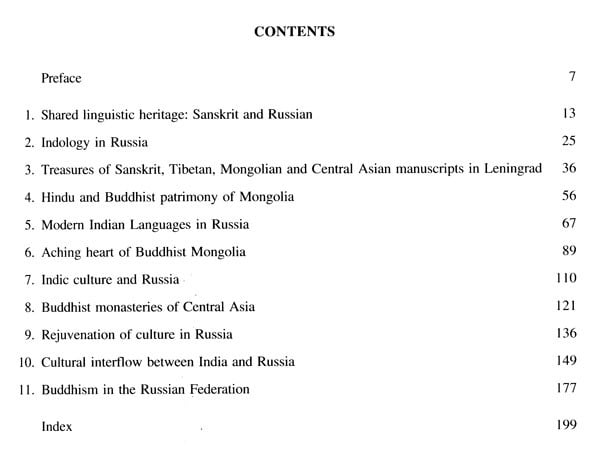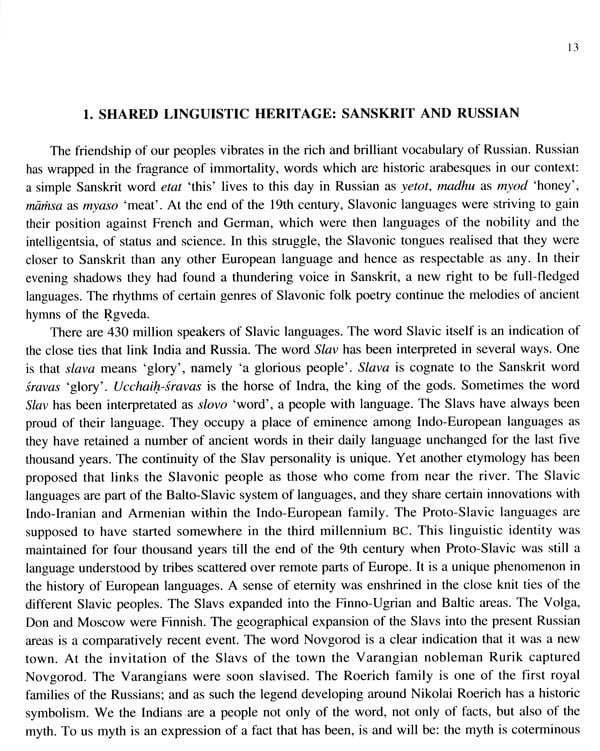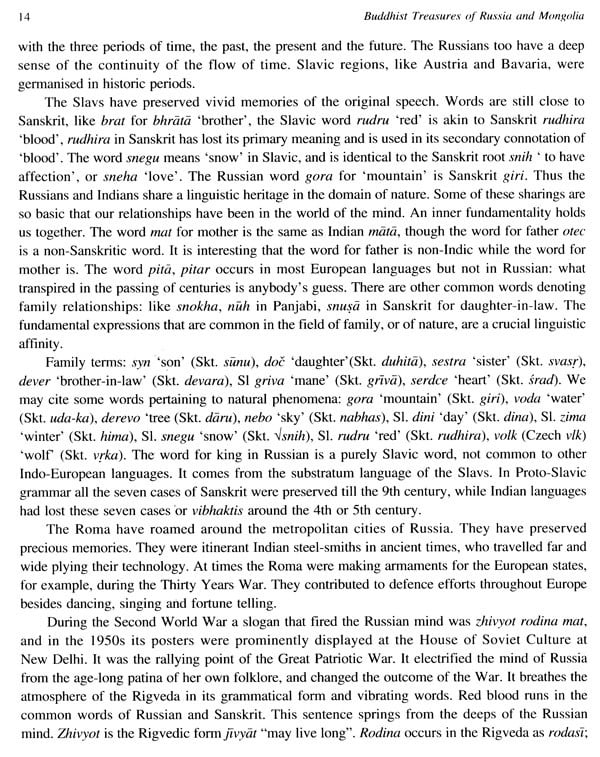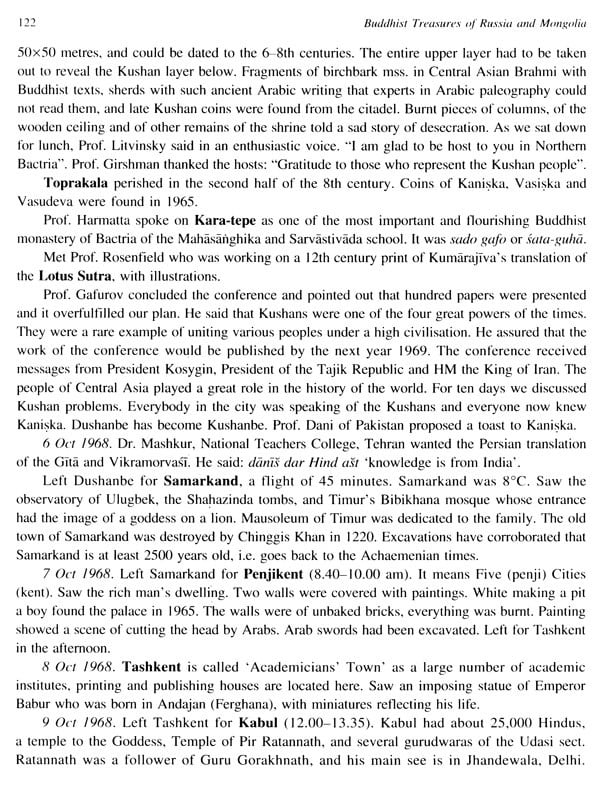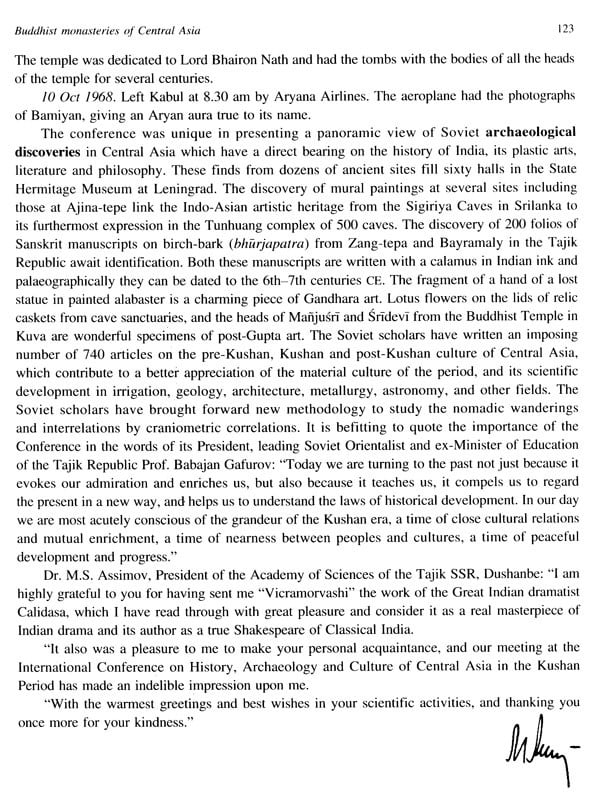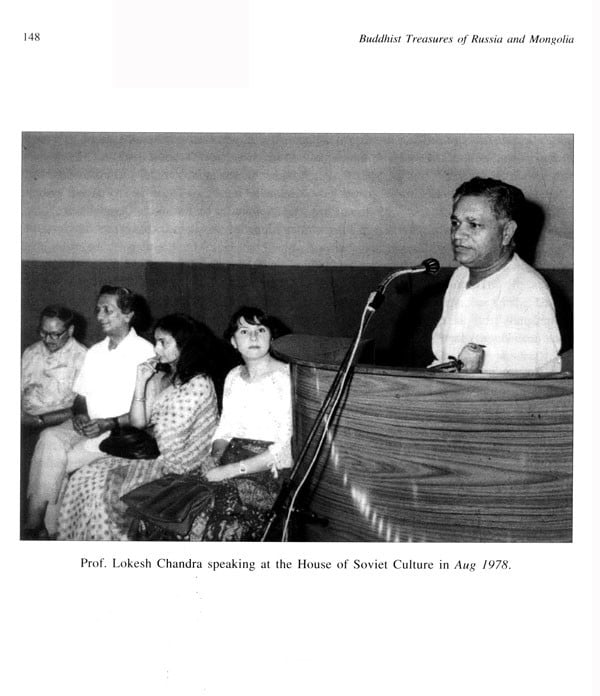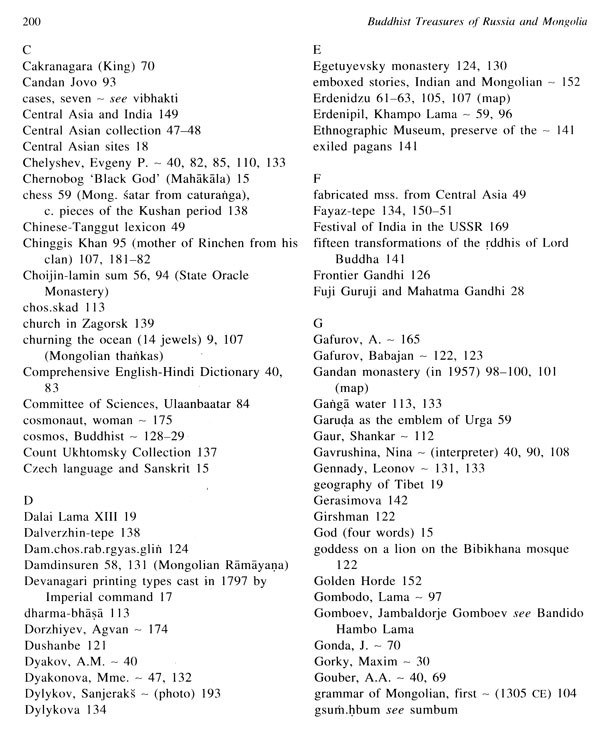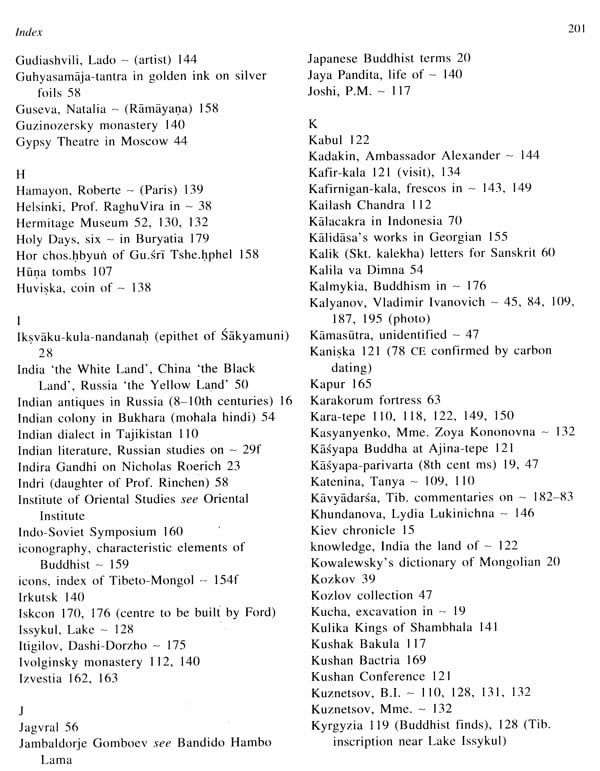About the Book This volume narrates the cultural exchanges between India and Russia, beginning with Russian words cognate to Sanskrit called 'paternal language' by a Russian linguist. Indian items have been exhumed from the 8-9th century layers of Kiev. Indian colony in Astrakhan on the Volga River, first contact of Russians with Buddhism in 1716, reference to Sanskrit in a novel written in 1784, the volume comes down to the troika of Blavatsky. Tolstoy and Roerich’s and their historic contributions. It sketches the many-sided and manifold researches of Russian scholars on Sanskrit and Indian languages, excavations of Central Asian sites, extensive studies on Tibetan and Mongolian Buddhism. Genocide of Buddhism in Mongolia in the agonized narratives of Prof. Rinchen to Prof. RaghuVira: millions of xylographs burnt, two lakh Lamas shot or conflagrated, all monasteries razed to the ground in a massive butchery of extermination. Research on Buddhism by Buryat scholars in the safety of Leningrad, and my visits to the Ivolginsky monastery which had to be constructed a third time, as the earlier two were destroyed by fire, excavation of Buddhist sites in Central Asia (like Kara-tepe and Ajina-tepe) and discoveries there from. A bird's eye-view of Buddhist datsans functioning in Russia today and their six major festivities during holy days. It presents a wide-ranging birds-eyeview of the cultural evolution of Tibetan and Mongolian lands, of Central Asian kingdoms and of Indological studies in Russia.
Preface The sacred chords of the mind, masterpieces if spiritual eternity, the thrill of thought of the Land of Saws, the memories of centuries flowing in ruins, shattered icons, giving glimpse of eternity, in the museum and tries of Hassia all were a shanning call that resonated a deep response in Prof. RaghVira. He had studiest Russian at the SOAS of the University of London, found it rich in words of Sanskrit in more than any other European language of the IndoEuropean family texceps Lithuani The Russian words were his life-long delight, as through them she Indian mind had spoken to the Slavic They drew him to a living linguistic reality. On return from England, be started to teach Russian at the YMCA, Lahore to Indians to catch a glimpse of a major Turpean language with Indo-centric words. The greatest-ever Samskrit-German dictionary was from St. Petersburg over twenty years 1855-1875 It symbolized the deep feelings of Russian for the rhythms of our culture. Nearer us, it was Me Yelizarinkova who dared to date the Rigveda to 6000 ac as its imagery needed thousands of years to develop with such a colossal background. Prof Raghu Vira commenced the teaching of Russian in India for the fina time in history His class became a rave. More and more students joined day by day. After a week, the British Raj arrested him, fearing lest he promote commanism as an antidote to imperialism. When the government came to know that he had studied Russian at the SOAS the crown jewel of the British Empire, he was released on the condition of discontinuation of teaching Russian. He shifted his attention to the softer straits of Buddhist works published in the Bibliotheca Buddhica of St. Petersburg. Fears of the state became flowers of learning. The texts in Sanskrit. Tibetan, Mongolian, Old Turkish and Chinese were a vast vista of India's across distant lands. The volumes were treasured as they arrived after a long waiting of 23 years, in 1955 after hard negotiations. The arrival of the series broke the ice. From a long span of waiting the Soviets invited him to see their libraries and museums that led to intense cooperation with Soviet scholars and institutions.
Indo-Russian proximities have been like the flowing waters of River Ganga and River Neva Indian items have been excavated from the 8-9th century layers of Kiev. Chess figures from the 11th century Novgorod are near to the Indian Brahmanas are referred to from the 11th century onwards in Russian chronicles. The Kiev Chronicle speaks of Perun (Skt. Parjanya) as one of the seven gods. Tempics of the Slavs were usually triangular at the confluence of two rivers. In India, a triangle is dharmoday. The Russian version of "The Tale of the Indian Kingdom" narrates the wonders of India and remained popular in the remotest villages till the 20th century. Buddhist images have been found in the burials of Southern Russia. Indian gold coins of the 14th century come from the Volga area. Fables of the Palicatantra appear from the 15th century, Afanasy Nikitin spent three years in India (1471-74). An Indian colony was established in Astrakhan in the Volga in 1615. In 1716 the Rossians came in contact with Buddhism in Buryatia. The first reference to Sanskrit is in the novel of Prince Scherbatov written in 1784 that a noble man was sent to India to learn Sanskrit. In 1785 Gerasim Lebedev came to India, founded the Bengali theatre, and on return cast Devanagari types in 1797 by Imperial command. When Count Uvarov became the President of the Academy of Sciences, he started the teaching of Sanskrit by sending Lenz, to learn it at Berlin.
**Contents and Sample Pages**

